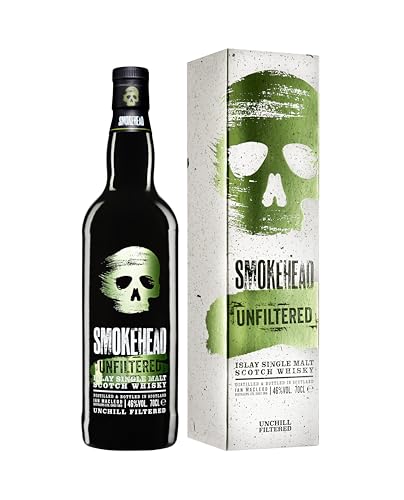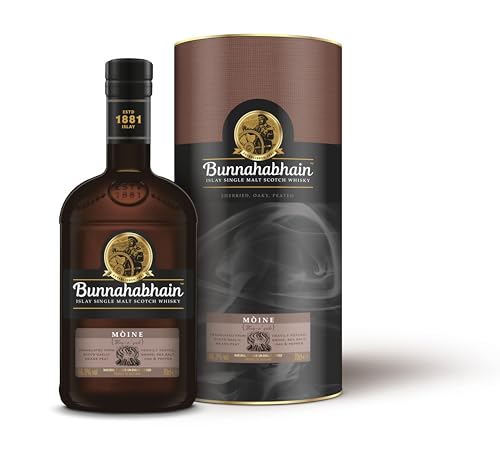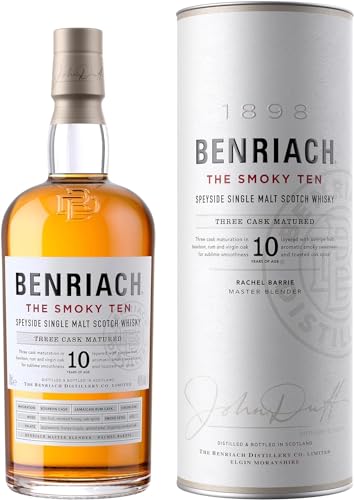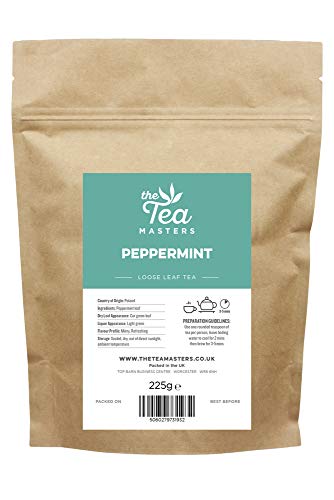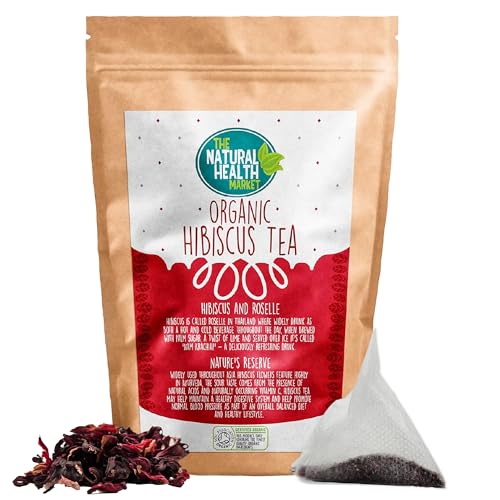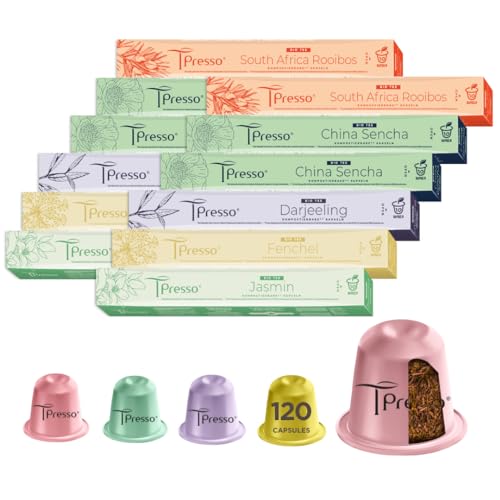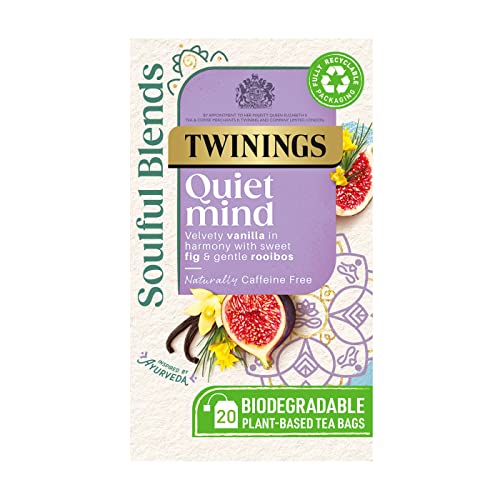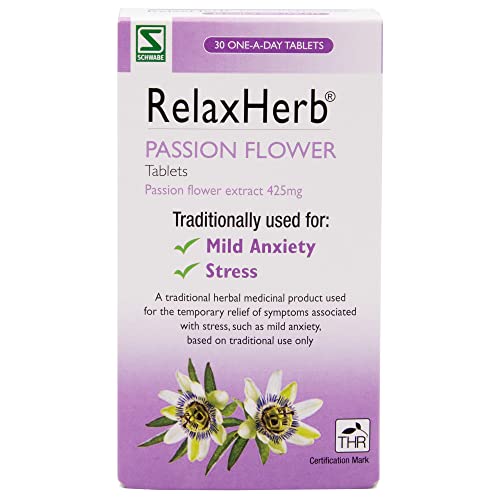Understanding Smoky Whisky: What It Is and How It’s Made
What Makes Whisky Smoky?
Smoky whisky is characterised by its robust flavour, primarily thanks to the malting process where barley grains are dried over a peat fire. This method infuses the whisky with a distinct smoky aroma and taste. When we talk about smoky whisky, we refer to how the smoke interacts with the grain during production, producing flavours that can range from subtle hints of smoke to intense, powerful profiles.
The Process of Making Smoky Whisky
The creation of smoky whisky begins in the malting stage. Barley is soaked in water, allowed to germinate, and then heated in a kiln. If peat is used during this drying process, the grain absorbs the smoke, leading to that iconic earthy taste. After malting, the whisky goes through fermentation, distillation, and maturation in barrels, where it develops further complexity, which can enhance its smoky characteristics.
The Best Smoky Whiskies to Try: Our Top Picks
Exploring Our Recommendations
When diving into the world of smoky whiskies, we recommend starting with the Laphroaig 10 Year Old for its bold, peaty notes combined with a hint of sweetness. Another standout is Ardbeg 10 Year Old, which offers a rich combination of smoke, citrus, and a touch of vanilla. For something slightly different, consider the Talisker 10 Year Old, which provides a maritime element to the smoke, making it uniquely refreshing and robust.
A Selection for Every Taste
For those who prefer a milder smoky experience, we suggest the Highland Park 12 Year Old, known for its balanced approach that combines honeyed sweetness with a subtle smokiness. If you’re looking to explore outside of the Islay region, the plummy richness of the Benromach 10 Year Old brings gentle smoke, making it a delightful introduction to smoky whiskies.
How to Taste and Enjoy Smoky Whisky Like a Pro
The Art of Tasting Whisky
To truly appreciate smoky whisky, we should take our time during the tasting process. Start by pouring a small measure into a clean glass and allow it to breathe for a few minutes. Take a moment to enjoy the aroma; swirling the whisky gently helps release the various scents. Pay attention to the layers of peat, fruitiness, and any distinct notes that come through.
Savouring the Experience
When tasting, take a small sip and let it linger on your palate. Notice how the smoky flavours unfold and what additional tastes emerge. Accompanying your whisky with a little water can help open up the flavour. Remember, the key is to savour each sip and allow the complexity of the smoky whisky to reveal itself.
Food Pairings for Smoky Whisky: Elevate Your Experience
Discovering the Perfect Matches
Pairing food with smoky whisky can enhance both the meal and the drink. The strong flavours of smoky whiskies complement rich foods such as grilled meats and smoked salmon. A good rule of thumb is to match the intensity of the food with the whisky; for example, the boldness of a peaty whisky goes well with a hearty steak.
Surprising Pairings to Try
Surprisingly, smoky whiskies also work well with dark chocolate, as the bitterness of the chocolate can balance the smokiness of the whisky. Try pairing a smoky dram with a piece of artisanal dark chocolate for an elevated tasting experience that highlights the nuances of both.
Tips for Choosing the Right Smoky Whisky for You
Identifying Your Taste Preference
Choosing the right smoky whisky often comes down to personal preference. If you’re new to the category, start with lighter smokiness to gauge your comfort level. As your palate develops, you can experiment with those intense peat monsters that command attention.
Exploring Different Regions
Regions play a significant role in whisky profiles. Islay whiskies tend to be the most intensely smoky, while those from the Highlands may offer a subtler smoke, often enhanced with fruity notes. Understanding these regional differences can guide us in finding smoky whiskies that align with our preferences.



